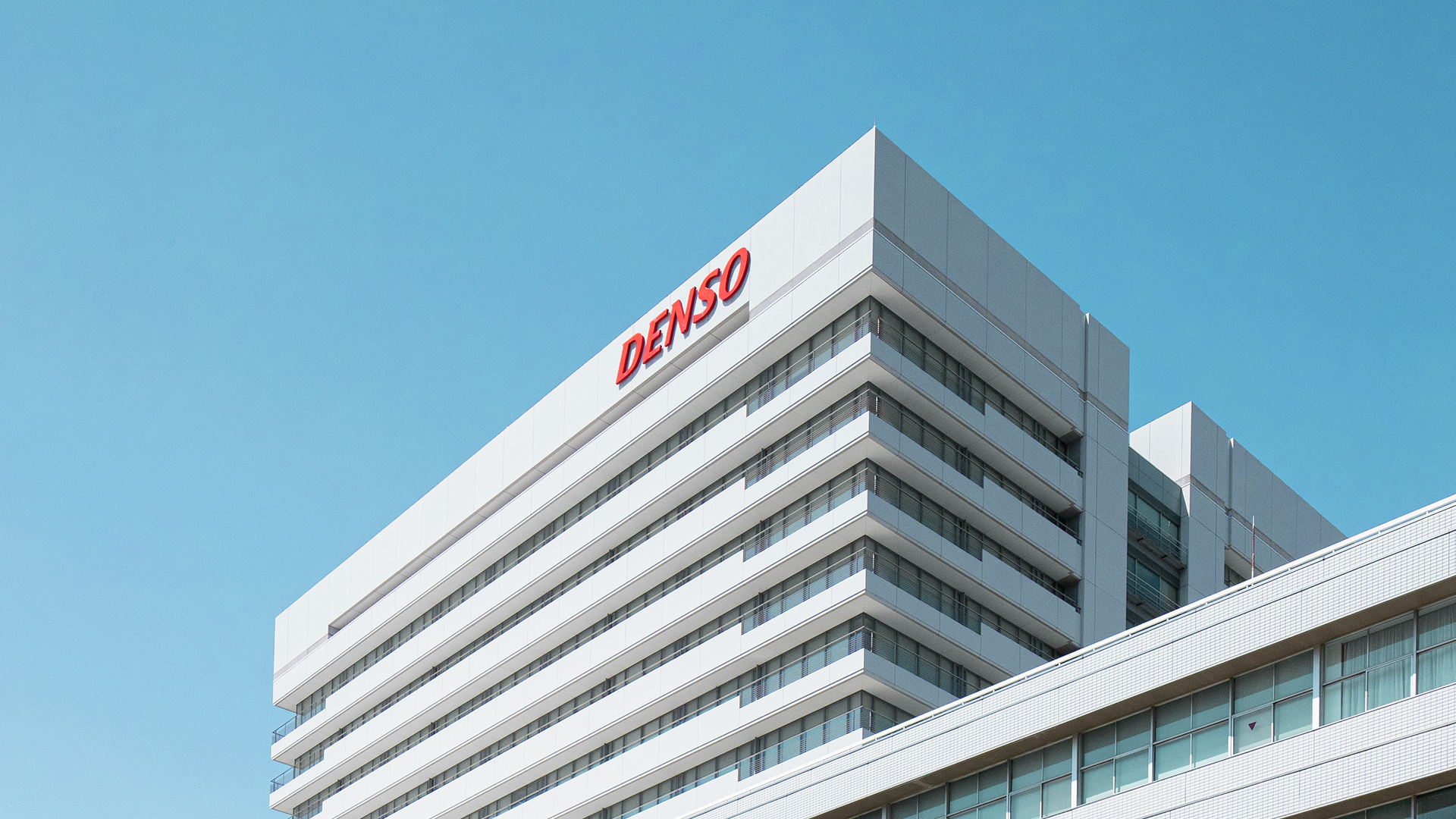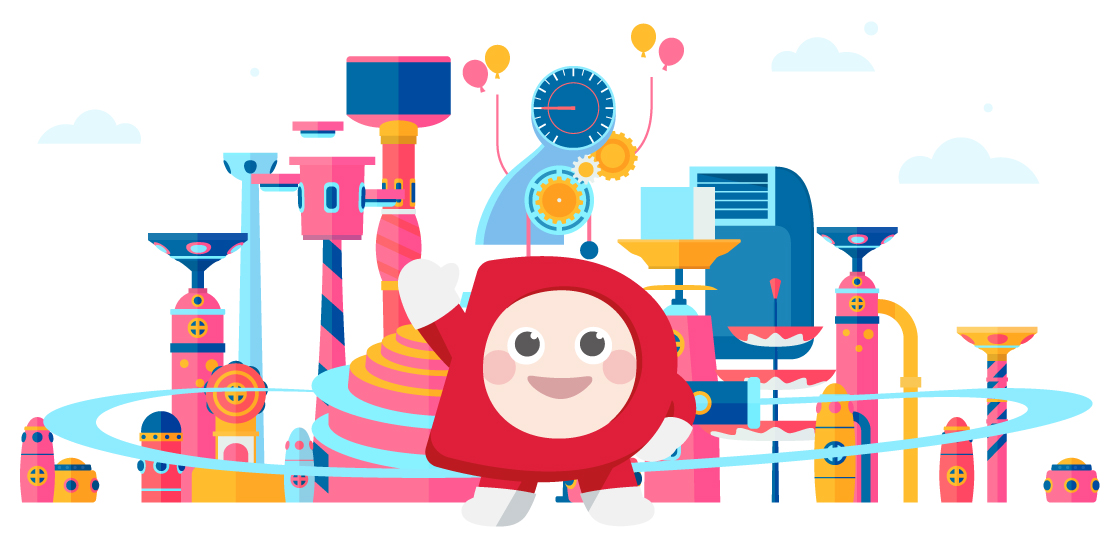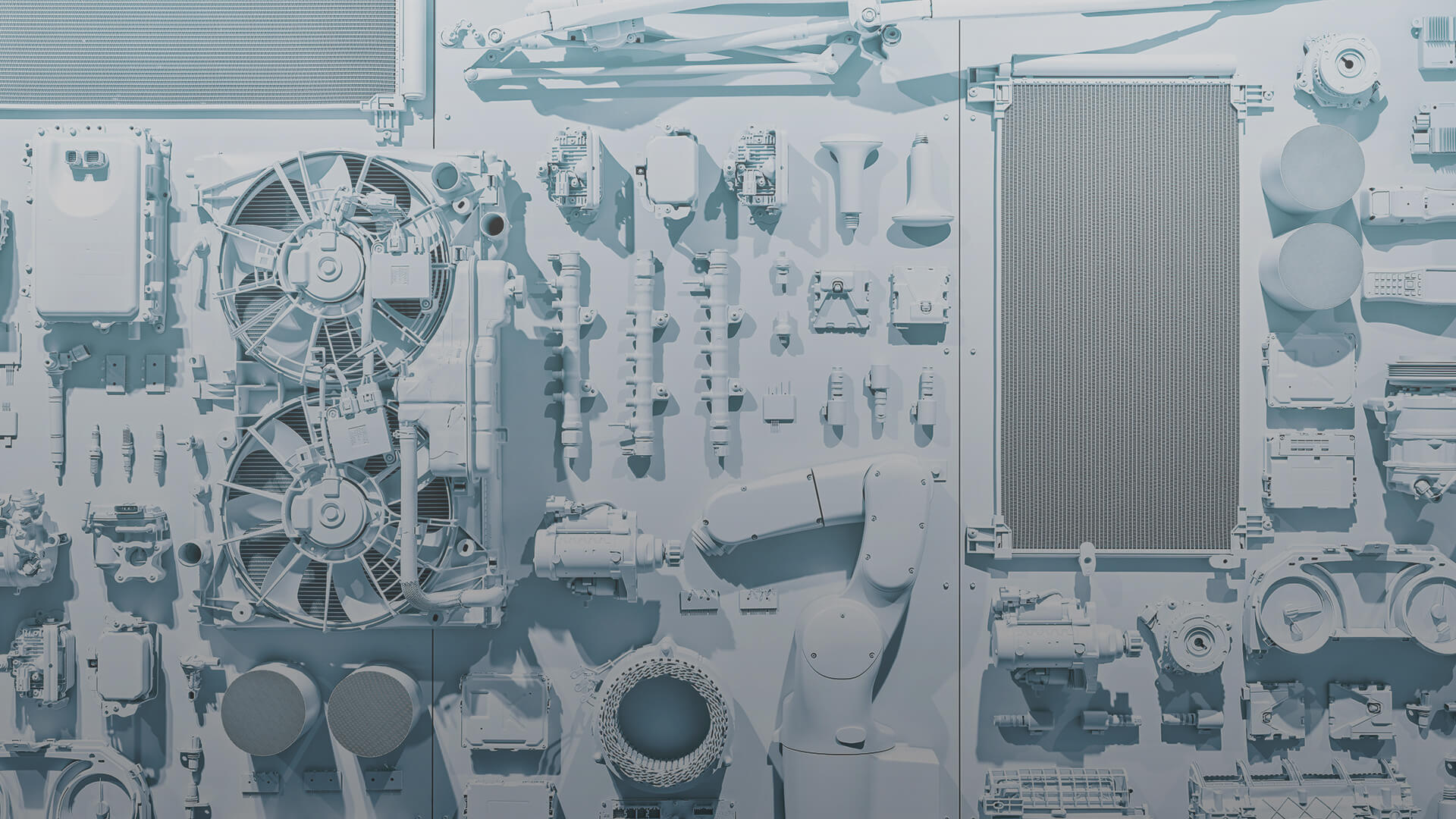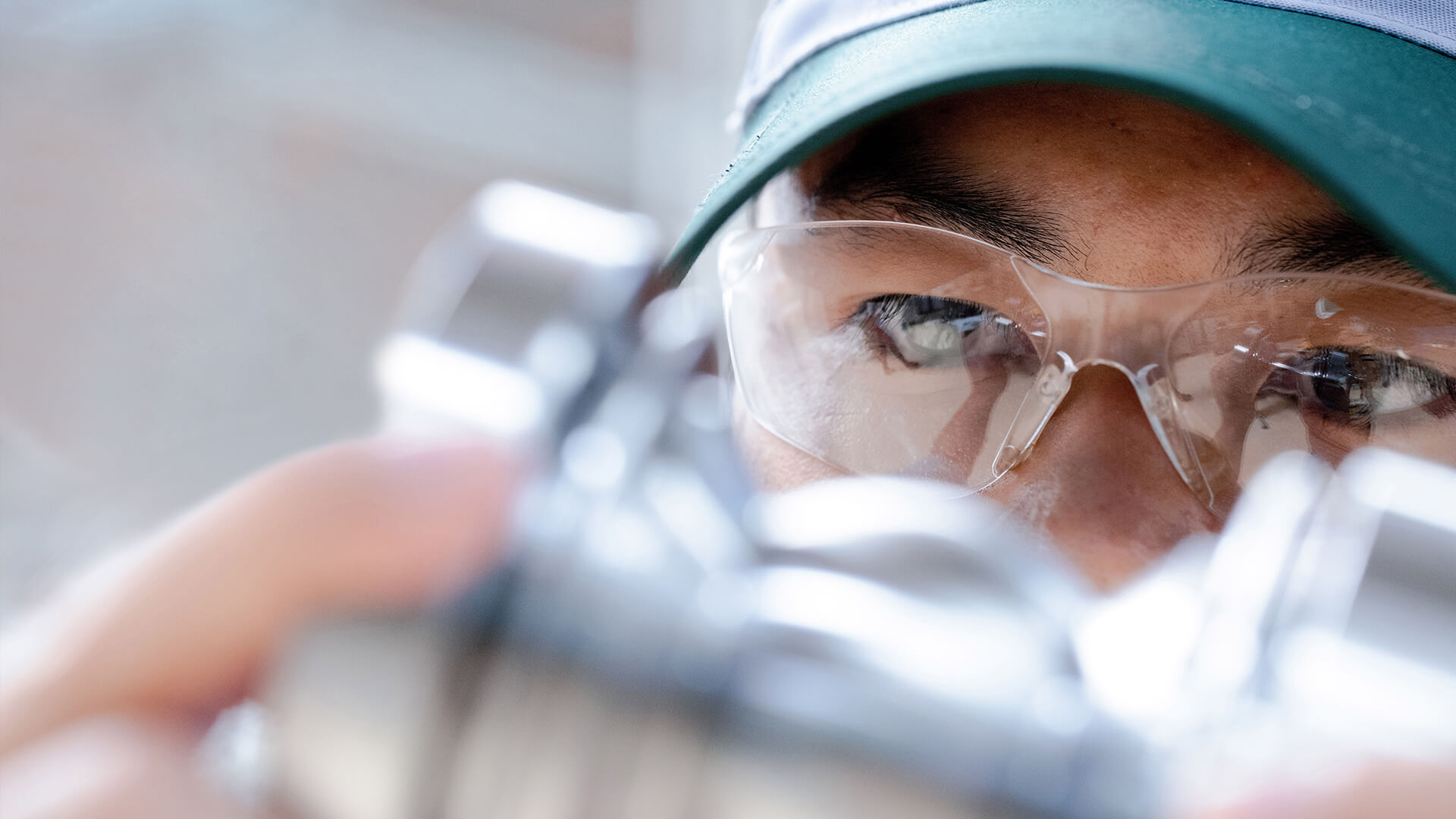Creating a Worker-friendly, Sustainable-growth Farm — Collaboration between workers and machines at the large-scale smart farm AgriD
DENSO Tech Links Tokyo #15 was held on the theme of DENSO’s vision for “manufacturing plants” for agriculture. It introduced “Profarm T-cube,” a next-generation agricultural greenhouse which was developed to make agriculture accessible to anyone, anywhere; “AgriD,” a large-scale agricultural greenhouse; and “FARO,” an automated tomato harvesting robot. Keisuke Nakazato of DENSO AgriTech Solutions delivered a presentation about the work being done at the large-scale smart farm AgriD.
【Speaker】
Keisuke Nakazato
DENSO AgriTech Solutions
Using Manufacturing Experience to Improve Agricultural Productivity
After joining DENSO, I was assigned to the Production Control Div. where I worked on improving the productivity of manufacturing plants for six years. In 2012, I was transferred to the New Business Promotion Dept. via the internal job posting system to work on food distribution. There, I became involved in agriculture, which is the most upstream process. Later, I was engaged in improving the productivity of agriculture by leveraging the experience gained in the manufacturing section of DENSO to launch AgriD, which I will explain.
Difficulties at Large-scale Farms
In the presentation about T-cube (Profarm T-cube), Bessho explained that a proper environment boosts the growth of plants and stabilizes crop yields.
However, the payback period is long for small farms because the equipment is expensive. To shorten the period, farms are becoming larger, and some of them are now so huge that they look like manufacturing plants for industrial products.
The photo on the right was taken in the Netherlands. Such large-scale farms have been increasing in Japan, too.
However, large farms cause some difficulties, such as managing many workers.
Some large farms are more than twice the size of Tokyo Dome, so crops and leftovers must be transported over long distances.
To increase the transport efficiency, the volume per trip must be increased. For tomatoes, dozens of containers each containing nearly 10 kg must be transported at a time. This requires hard labor.
Some large-scale farms have a packing and shipping facility, where different packages and labels are required for respective customers. This makes the shipping work complicated.
Since plants are living things, crop yields vary significantly depending on the season or pests.
This causes fluctuations in workload, making it difficult to provide stable employment in farming in general.
Large-scale Smart Farm AgriD Supports the Global Agriculture Business
Large-scale smart farm AgriD was launched to address these difficulties.
AgriD has two main purposes. One is to operate a large-scale farm by ourselves to identify new problems and carry out kaizen. The other is to try out our technologies to see how they work before marketing them.
Through AgriD, we hope to build a model of next-generation horticultural facilities and contribute to the global agriculture business.
Let’s watch a video about AgriD, which is located in Inabe City, Mie Prefecture. This is how we grow cherry tomatoes using the high-wire system, in which tomato stems are trained to grow up wires toward the ceiling. Vehicles for working at height are used sometimes.
The video also features FARO, an automated harvesting robot, which will be introduced later. The robot automatically performs the series of processes from harvesting to loading onto containers for transport.
The containers are then loaded onto the rack, which is shown in the video, and automatically transported to the shipping area by an automated guided vehicle (AGV).
Creating a Worker-friendly, Sustainable-growth Farm in Collaboration with Machines
Next, I will explain DENSO’s vision for agriculture by AgriD. DENSO aims to create a worker-friendly, sustainable-growth farm in collaboration with machines by taking full advantage of the strengths of workers and machines instead of focusing solely on automation. This will be achieved by digital transformation (DX). Workers and machines will be seamlessly connected by the integrated production management system.
Meeting the Needs of Various Workstyles
Let me explain part of the system at AgriD. First, let’s look at the system for managing attendance and absence. As I mentioned earlier, the farm employs many workers, and AgriD meets the diverse needs of various workstyles.
Workers can register for a shift on their smartphone depending on their needs, such as if they have to drop off or pick up their children, have lunch, take a trip, or adjust their working hours depending on how well they feel. A manager can prepare a work plan on the system. Machines help perform the work when there are not enough workers. This allows the shifts to be planned and managed flexibly.
The work on the farm varies depending on the season. Conventionally, a manager gives instructions for the day at a morning meeting. But at AgriD, each worker has a tablet and can check the instructions based on the plan created by the system in advance.
Even if workers come to work at different times, the manager does not have to give explanations each time. The next task is displayed in writing, so workers know what they have to do.
Demonstrating the Overall Capabilities by Connecting Workers through DX
Next, I’ll explain the integrated production management system. To carry out kaizen, it is necessary to determine whether a problem has occurred based on the standard. At AgriD, workers report problems through their tablets, and managers can take action based on these reports. So, we can improve the farm through collaboration based on honest feedback from workers.
Taking Full Advantage of the Strengths of Machines
Next, I will explain the automated transport system. I mentioned earlier that the transport distances are long at large farms. At AgriD, leftovers and crops are transported by AGVs to reduce the hard labor.
Crops are weighed automatically in the shipping area and arranged in sequence in the temporary storage space before packing. This is how we automate the sequence management of crops. We use the strengths of respective machines to enable all people to work.
A Seamless, Industrial Process Design Free from Overburden, Wastefulness, and Unevenness
At AgriD, we optimize the process from the design phase using an industrial approach to facilitate the overall flow of goods at the farm. In the fruit sorting and shipping areas, the division of labor and roles are clearly defined, to quickly improve the skills of respective workers.
In addition to those in charge of fruit sorting and packing, we also assign workers who specialize in transporting crops and packing materials (mizusumashi) to ensure the entire process functions smoothly.
That’s all from me. Thank you very much.





















